Yega chiffon Wauka flavor
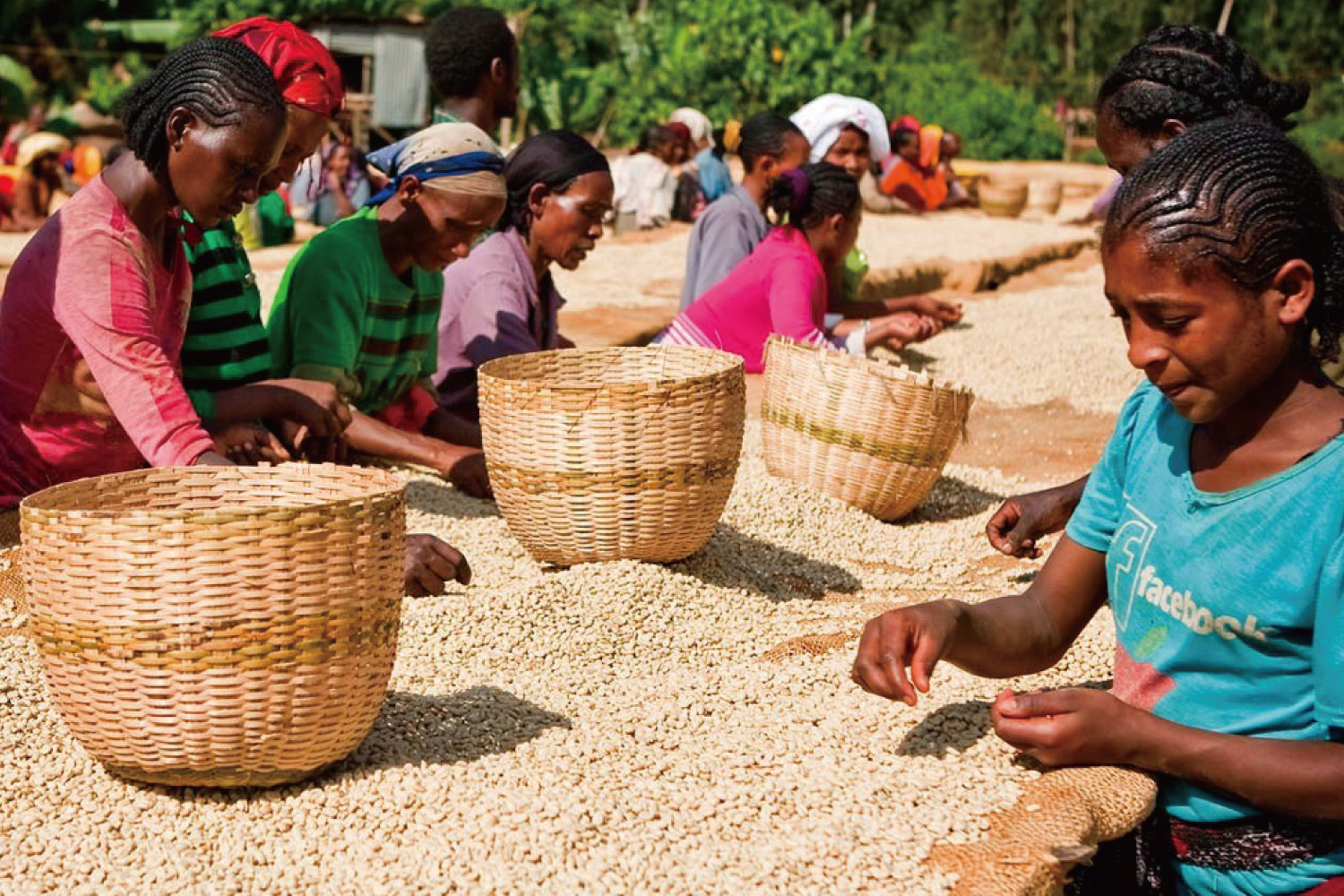
Professional coffee knowledge exchange more coffee bean information please follow the coffee workshop (Wechat official account cafe_style)
African bean flavor: Ethiopian coffee has a strong orange flavor, Kenyan coffee has a strong raspberry flavor, as well as sour aromas of black plum juice and grapefruit, and sweet sugar cane. The orange aroma of Ethiopian coffee and the raspberry flavor of Kenyan coffee are the biggest features of African beans and attract coffee fans to delve into.
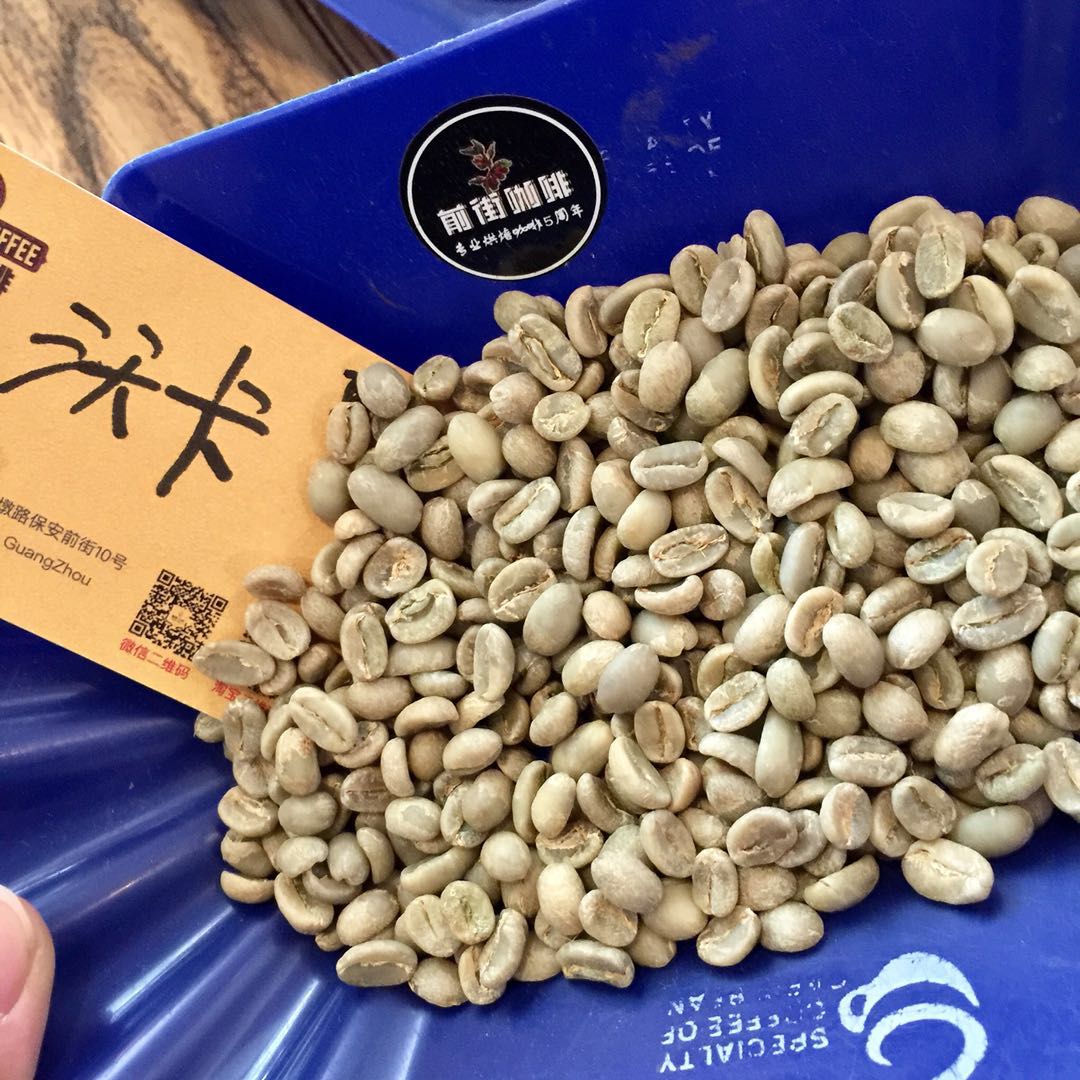
Ethiopia is an agricultural country with a history and tradition of coffee origin. Yega Chuefei is one of the producing areas south of Sidamo, with about 12 million people engaged in coffee production and is a major exporter of Arabica coffee beans in Africa. The high-quality coffee here is of excellent quality and is worth looking for. It has a soft taste, with wild flavor of wine, and slightly sour taste, unforgettable after drinking.
Most of the refining methods of Yirgacheffe are water washing (washed), which is placed in the washing tank for about 72 hours to be fermented and shelled, and some of the acid produced in the process of gelatinous fermentation will enter the bean. At the same time, because there is no pulp and gum attached to the parchment during drying, the unique fruit aroma of sun beans is missing, the flavor tends to be clean and bright, and the acidity is more obvious. Dry directly outside the factory building. After the raw beans are manually selected and qualified by the Ethiopian Coffee Cocoa Management Agency, they are traded and exported through competitive bidding.
If you are very fond of African beans, it should be easy to find that Ethiopian beans are generally of different sizes and have significantly lower evenness than those in Kenya. Whether it is Yega Xuefei or Sidamo, whether it is washing or sunlight, sometimes the same batch of coffee beans can be seen to be significantly different in baking color and particle size. Nearly 2000 coffee varieties have been recorded in Ethiopia, including 1927 native varieties and 128 imported varieties. So just by looking at the appearance, Esther's coffee variety is "Grand View Garden", which has everything, long, short, thin, fat.
Yejaschuffe itself is a small town of about 20, 000 people, and the three neighboring producing areas, Wenago, Kochere and Gelena Abaya, are also classified as Yejasuffe because they produce coffee with almost the same flavor as Yejasuffe. Yejacheffe is similar to the neighboring Sidamo in terms of culture and geography, but it seems to be more favored to enjoy the advantageous conditions, top-quality Yega Chefe coffee with floral aromas, bright citrus acidity, lemon flavours and silky taste.
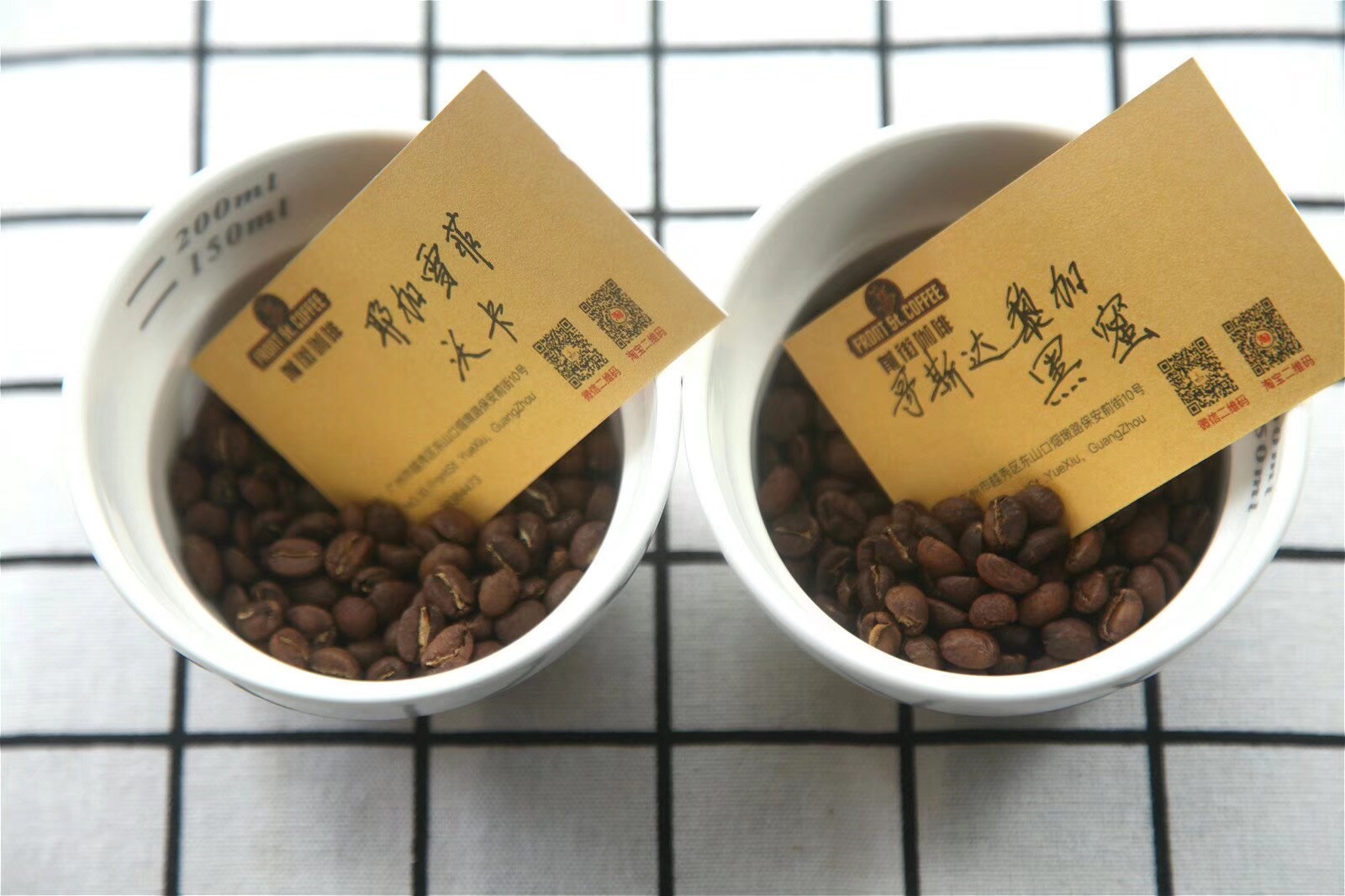
[the difference between washing and sunbathing] tasting | what is the difference in the taste between washed and sunburned Yega Chuefei?
Raw beans: generally, washed raw beans are turquoise, and sun-washed raw beans are yellowish green.
Cooked beans: there is more silver skin washed in water and less in the sun.
[Yechuefi aricha, Ethiopia] (light sun baking)-light fermented wine, sweet orange, spices, honey sweet, Aricha processing plant sun Ariga is the highest grade of G1 by ECX, from raw bean appearance, consistency, freshness to dry aroma and flavor are excellent.
[Yega Sherphine Woka, Ethiopia] (slightly roasted by water washing)-lemon, kumquat and white grape juice, the Waka Cooperative joins the famous Yejia Sheffield Coffee Farmers Cooperative Union to produce quality washing Ethiopia can reach the highest level of G1.
Flavor: this bean is delicately washed, making the bean more sour and delicate, showing the sour taste of yellow lemon, the sweetness of caramel, the flavor of cream, lemon black tea, and the floral aftertaste.
Woka Cooperative was founded in 2005 and joined the famous Yejia Coffee Farmers Cooperative Union (YCFCU,Yirgacheffe Coffee Farmers Cooperative Union) that year, which is famous for producing high quality sun Ye Jia Xuefei. The Waka Cooperative has about 300 coffee farmers. YCFCU was founded in 2002 and includes 26 other cooperatives serving more than 45000 coffee farmers.
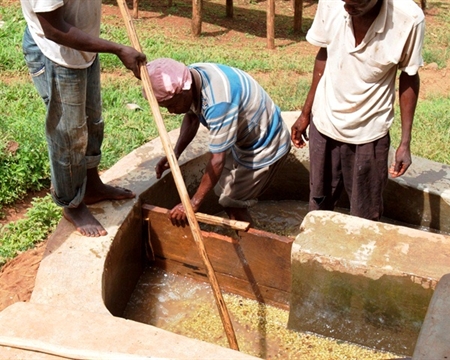
Woka is located in the southeastern Jietipu producing area (Gedeb) of Yejia Sheffield. In the early years, the area used the name of Waka to export locally produced coffee beans, or handed over to the Waka Cooperative for processing. But in the past two or three years, independent and single sources have been excavated by coffee hunters all over the world, such as Banko Gotiti, Banko Dadhato, Halo Bariti, and so on. Guodingding Village is the first village area that was independent a few years ago, and many self-employed small farmers were also members of the Waka Cooperative, so the technology of producing coffee is not to mention.
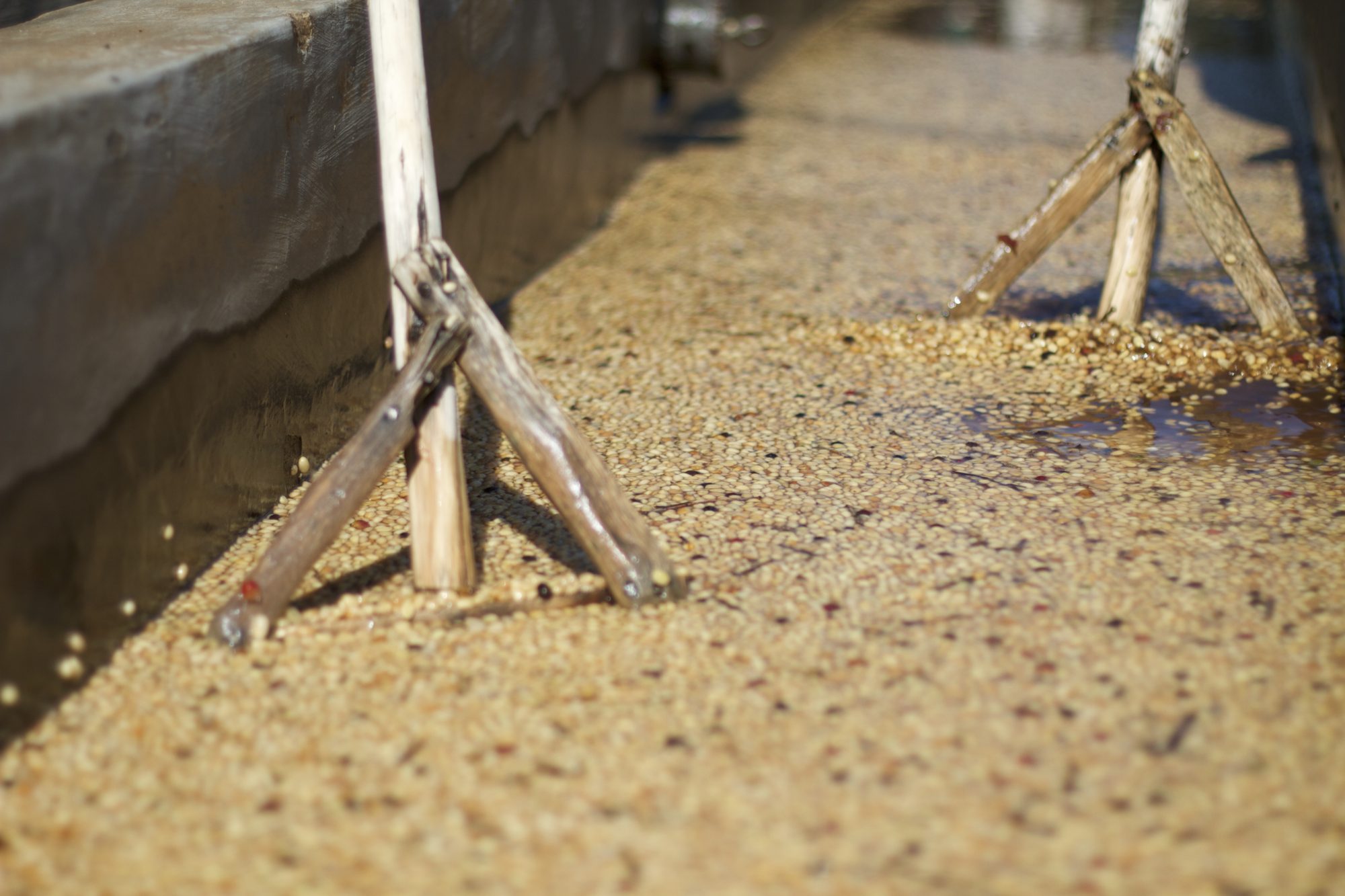
Woka Cooperative, located in the south of Gedeb District, was founded in 2005, and joined the famous Yejia Coffee Farmers Cooperative Union (YCFCU,Yirgacheffe Coffee Farmers Cooperative Union) that year, which is famous for producing high quality sun Ye Jia Coffee Farmer. The Waka Cooperative has about 300 coffee farmers. YCFCU was founded in 2002 and includes 26 other cooperatives serving more than 45000 coffee farmers.
Qianjie recommendation: segmented extraction of three-stage water injection
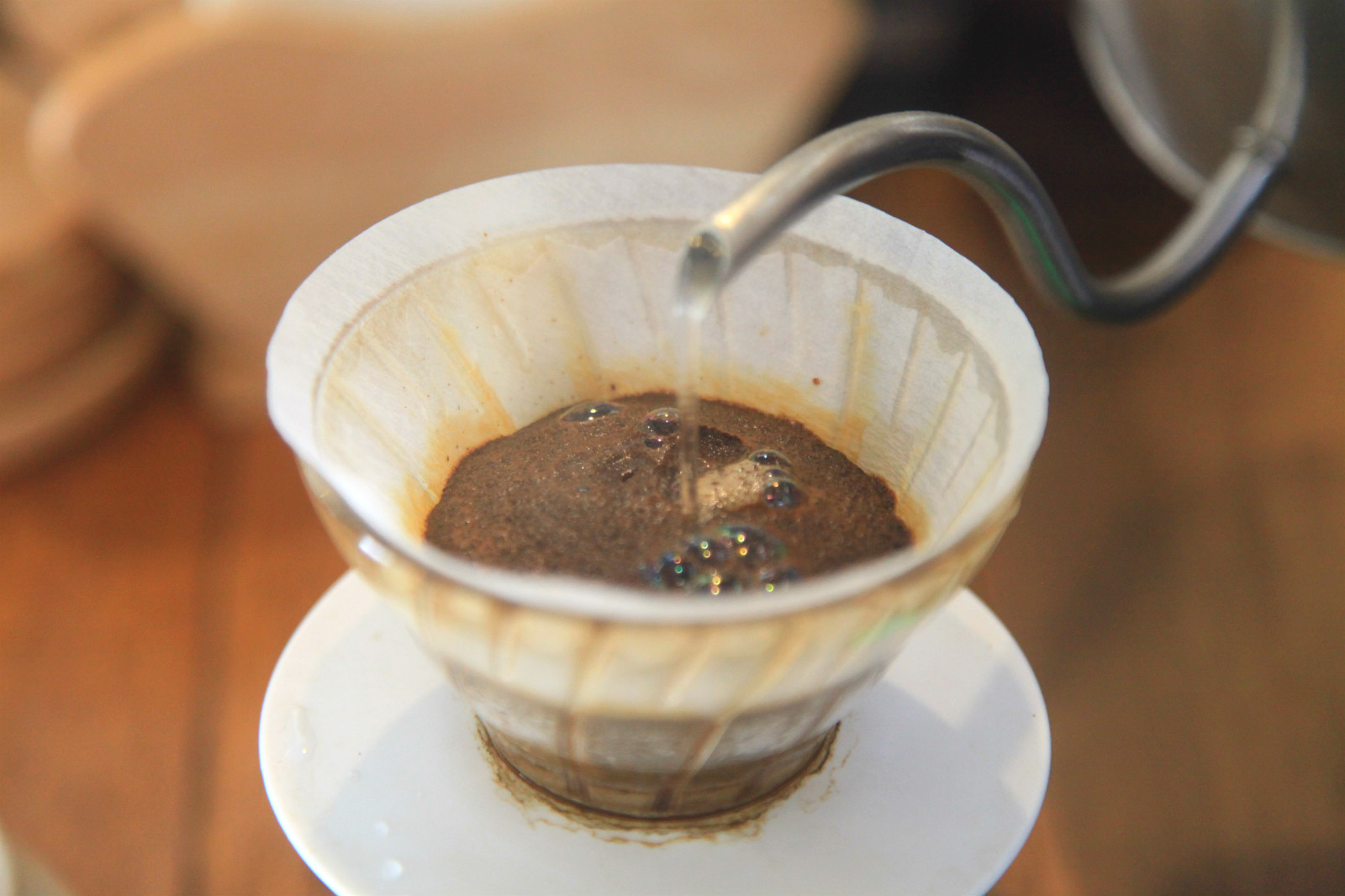
The layers are richer, and the flavor of the front, middle and back of the coffee can be clearly defined. The practice is to increase the amount of water each time after steaming, usually when the coffee liquid is about to drop to the surface of the powder layer, and use small, medium and large water flow to do three-stage extraction:
Recommended cooking methods: siphon, hand flushing
Degree of grinding: 3.5 (Japanese little Fuji R440)
V60 filter cup, 15g powder, water temperature 90 degrees, grinding 3.5.The ratio of water to powder is close to 1:15
Steaming in 30 grams of water for 30 seconds
Section: water injection to 120g cut off, slow water injection to 225g
Important Notice :
前街咖啡 FrontStreet Coffee has moved to new addredd:
FrontStreet Coffee Address: 315,Donghua East Road,GuangZhou
Tel:020 38364473
- Prev
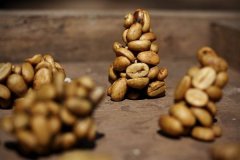
Small output but fine Jamaican coffee flavor, characteristics, taste and manor introduction
Coffee is grown outside the Blue Mountains and is called Jamaican coffee. It turns out that people in the coffee industry in China generally have a wrong understanding that only coffee grown in the Blue Mountain area above 1800 meters above sea level can be called Blue Mountain Coffee. In fact, there is only one manor on the top of the Blue Mountain Mountains above 1800, that is, Amber, which is of Chinese descent. The owner of the manor is surnamed Lyn (Lin) and is of Chinese origin.
- Next
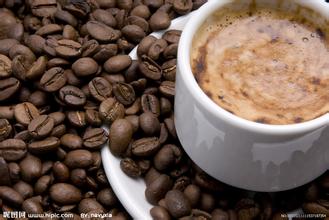
Iron pickup coffee beans iron pickup coffee characteristics of Yunnan iron pickup
Typica and Bourbon, two classic high-quality coffee varieties, are the main coffee varieties in Yunnan. In 1991, a series of Catimor varieties were introduced from Kenya (stronger anti-virus ability and higher yield). A variety of Arabian species (also known as small seed species). Because the morphology and habits of the two varieties are similar, the two varieties are mostly mixed. Yunnan area
Related
- Detailed explanation of Jadeite planting Land in Panamanian Jadeite Manor introduction to the grading system of Jadeite competitive bidding, Red bid, Green bid and Rose Summer
- Story of Coffee planting in Brenka region of Costa Rica Stonehenge Manor anaerobic heavy honey treatment of flavor mouth
- What's on the barrel of Blue Mountain Coffee beans?
- Can American coffee also pull flowers? How to use hot American style to pull out a good-looking pattern?
- Can you make a cold extract with coffee beans? What is the right proportion for cold-extracted coffee formula?
- Indonesian PWN Gold Mandrine Coffee Origin Features Flavor How to Chong? Mandolin coffee is American.
- A brief introduction to the flavor characteristics of Brazilian yellow bourbon coffee beans
- What is the effect of different water quality on the flavor of cold-extracted coffee? What kind of water is best for brewing coffee?
- Why do you think of Rose Summer whenever you mention Panamanian coffee?
- Introduction to the characteristics of authentic blue mountain coffee bean producing areas? What is the CIB Coffee Authority in Jamaica?

